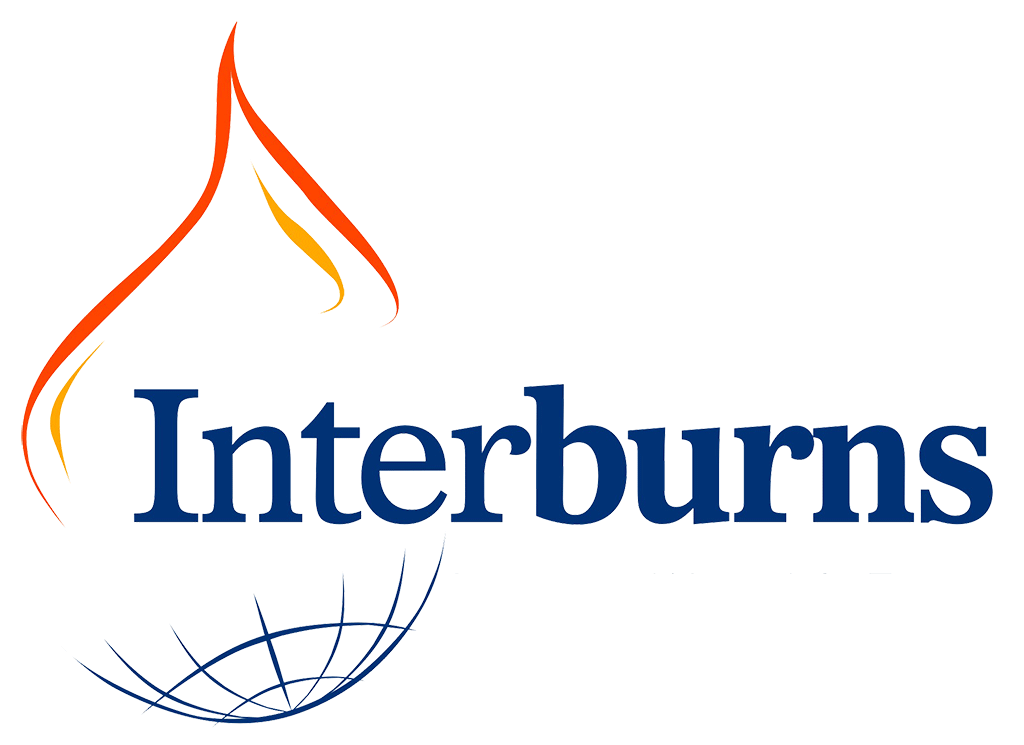A Day in the Life of a Burn Surgeon
For Dr. Mohammed Ziara, a plastic surgeon from Gaza, burn surgery is not just a job—it’s a calling. As a specialist in treating burn injuries, his day is filled with life-saving procedures and complex decision-making.
The day starts early at the Turkish Hospital in Saida, Lebanon where Dr. Ziara begins his rounds with the rest of the Interburns team. At this newly established unit, patients with complex burn injuries, for instance those contaminated by debris or shrapnel, often need to stay for extended periods. These injuries are notoriously difficult to treat due to their complexity and risk of infection. Other common injuries include work-place accidents or attempts to rig electricity lines for power due to the ongoing economic crisis.
Dr. Ziara inspects each burn wound and assesses those in need of immediate surgery—usually debridement to remove necrotic tissue or infected areas. Debridement can also help prevent further complications such as systemic infection or sepsis, particularly important for patients with extensive, deep burns.
Skin grafting – in which transplanted skins covers wounds that have lost their surface - is another key aspect; but grafts are not without challenges and can lead to poor functional or aesthetic outcomes, and contractures. As the grafts shrink over time, it is critical to monitor the patient’s healing process closely.
For joint areas, or when grafting might lead to contractures, the team considers using skin flaps where a piece of healthy tissue (skin, subcutaneous fat, fascia, or muscle) is moved from a part of the body to cover the affected area. This is helpful for large burn wounds or those near joints as it minimizes the risk of contracture and provides better long-term functional outcomes.
War-related burn injuries are among the most challenging. Patients present with extensive wounds, deep tissue damage and often fractured bones. Injuries are typically full-thickness, leaving large open areas vulnerable to contamination and infection. Because many of these patients arrive weeks or even months after injury, the wounds are often in advanced stages of infection and require intensive, ongoing care.
Electrical burns also pose unique challenges as the high-voltage current causes deep tissue damage affecting muscles and bones as well as the skin. These injuries require multiple sessions of debridement and a planned series of skin grafts. It is a long and painful process; recovery can take many months, if not longer.
After surgeries, Dr. Ziara shifts his focus to the clinic where patients return regularly for dressing changes. At least 30 minutes is spent with each patient to ensure wounds are properly cleaned and re-dressed. Today, a patient has been transferred from Syria, severely injured in an airstrike. This patient has received no treatment for more than a month and Dr. Ziara knows his injuries are critical. He will require careful debridement, skin grafts, and ongoing management to prevent infection and complications.
The day finishes with a debriefing session with the medical team, discussing the outcome of the surgeries and planning for the next day. The work is intense, demanding, and often heartbreaking. But for Dr. Ziara, the rewards are clear: giving patients the chance to heal and rebuild their lives after devastating injuries.
In burn care, the road to recovery is long, and every day and team member counts. The complexity of burn injuries, especially in conflict zones, requires a dedicated and skilled team of surgeons, nurses, and specialists working together to give patients the best chance of survival and recovery.
Interburns is grateful to be able to provide this support in Lebanon in the weeks and months to come.
With thanks to the Interburns team and our partners in Lebanon, and Islamic Help for funding.
Author: Abriel Schieffelers.
